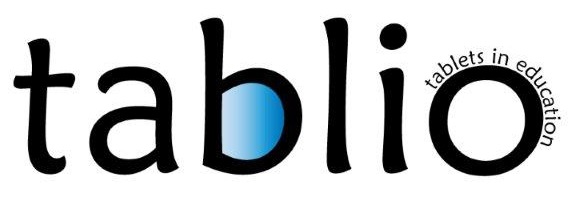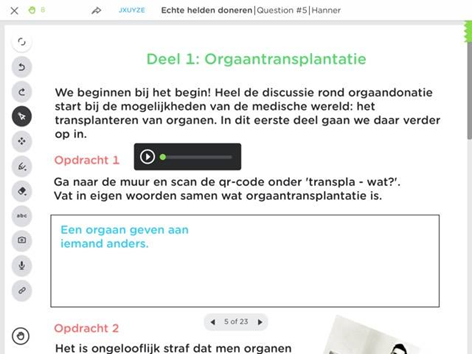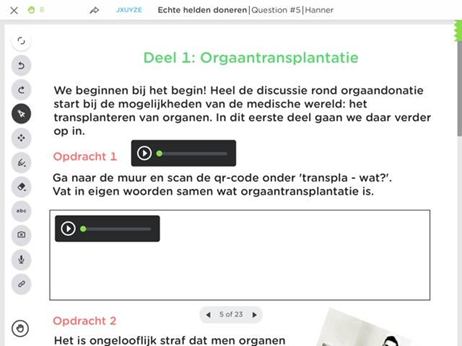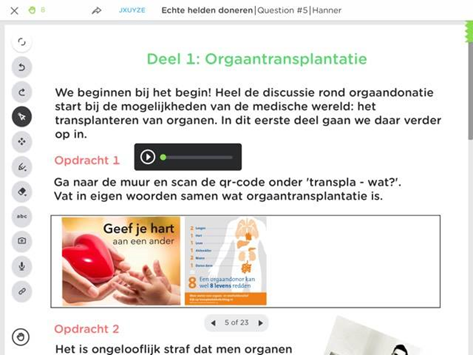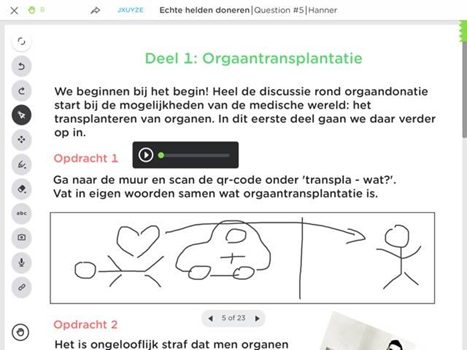Adapting to different learning profiles with Classkick

Angelica Spikic, Céline Lowette, Ilse Klingeleers, Lucinda Luyts, Nadine Houbrechts and Thomas Eerdekens are teachers in secondary education. They all have a bachelor degree ‘teacher for secondary education’ and teach the subject PAV (Project general subjects), but at the same time they are taking the PAV training, which is part of the teacher training at PXL. In this context, they made a digital paper about organ donation under the supervision of lector Hanne Rosius (PXL Education).
At the time of designing the package, the group focused on the initial situation in Angela Spikic’ class. This was also the first class in which the package was used. Angelica is a PAV teacher in the second grade in vocational education. Her students specialise in sales. Vocational education classes are often very heterogeneous, and so is Angelica’s. Some of her students take her class because of the adapted level, some of them choose to be there because they are genuinely interested in sales as a profession, still others ‘descend to it’ because of (a variety of) learning difficulties or because their native language is a foreign language. Angelica’s school is situated in the centre of Brussels. Due to its metropolitan context, the classes are very heterogeneous as far as cultural background and language are concerned.
The students in Angelica’s class are not familiar with using tablets in the classroom. The school has a number of tablets at the students’ disposal and a reliable WiFi- network. The classroom is big enough to allow the students to work actively.
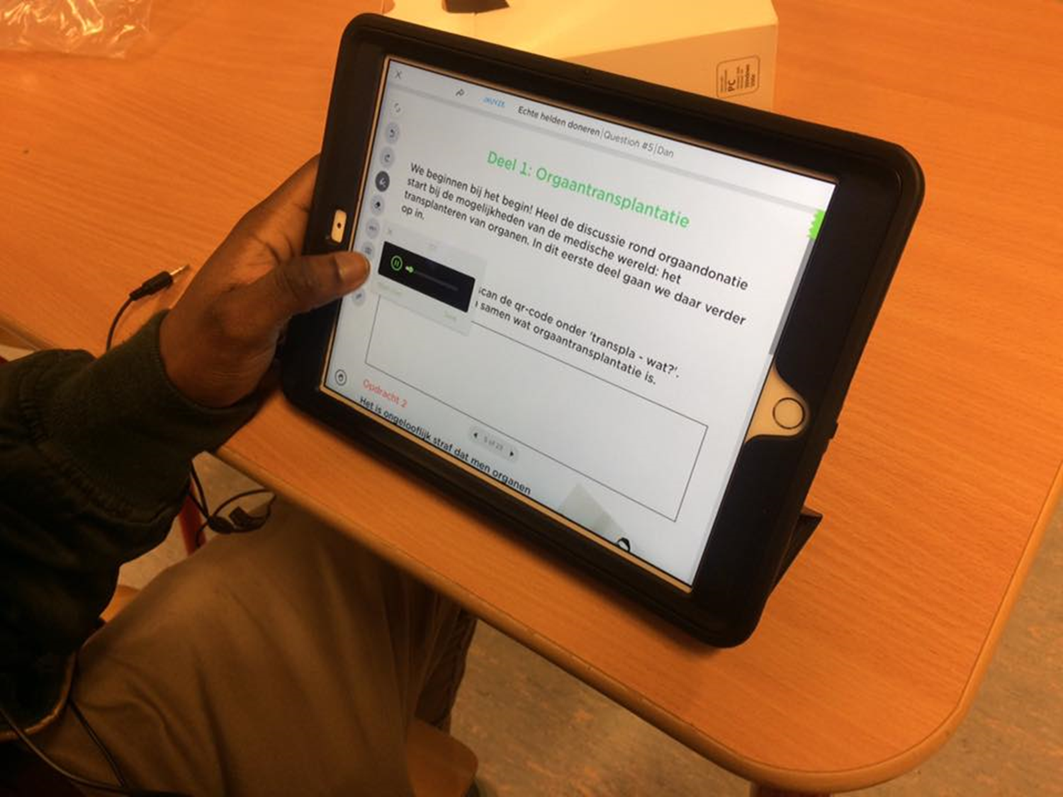
Image 1 student working with Classkick
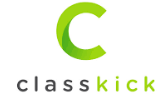
The package that has been developed aims to adapt to the above mentioned differences between students and uses the Classkick app. This device-independent tool (in the example the app was used on iPAds) offers the students a number of assignments. The students work on these assignments in the classroom under the teacher’s supervision. They can decide for themselves what order they complete the assignments in and how much time they want to spend on each one of them. Each assignment is offered in different varieties and students can make their own choices (content-differentiation), so they can work through the basic assignment at their own pace. The app facilitates the teacher’s supervision. Angelica can keep an eye on her students’ progress all the time. In the app, she can see which student is working on which assignment, which assignments have been finished and what the quality of the assignment is (cf. display matrix in image 2).
With this information, she can decide which students need her assistance and which don’t. Classkick also offers students the possibility to take initiative and ask for Angelica’s help. They can virtually raise their hand to ask a question or to make clear they want feedback for an assignment (cf. the orange hands in image 2). Being able to virtually raise their hands, is an advantage for more introvert students because it lowers the threshold. (process-differentiation)
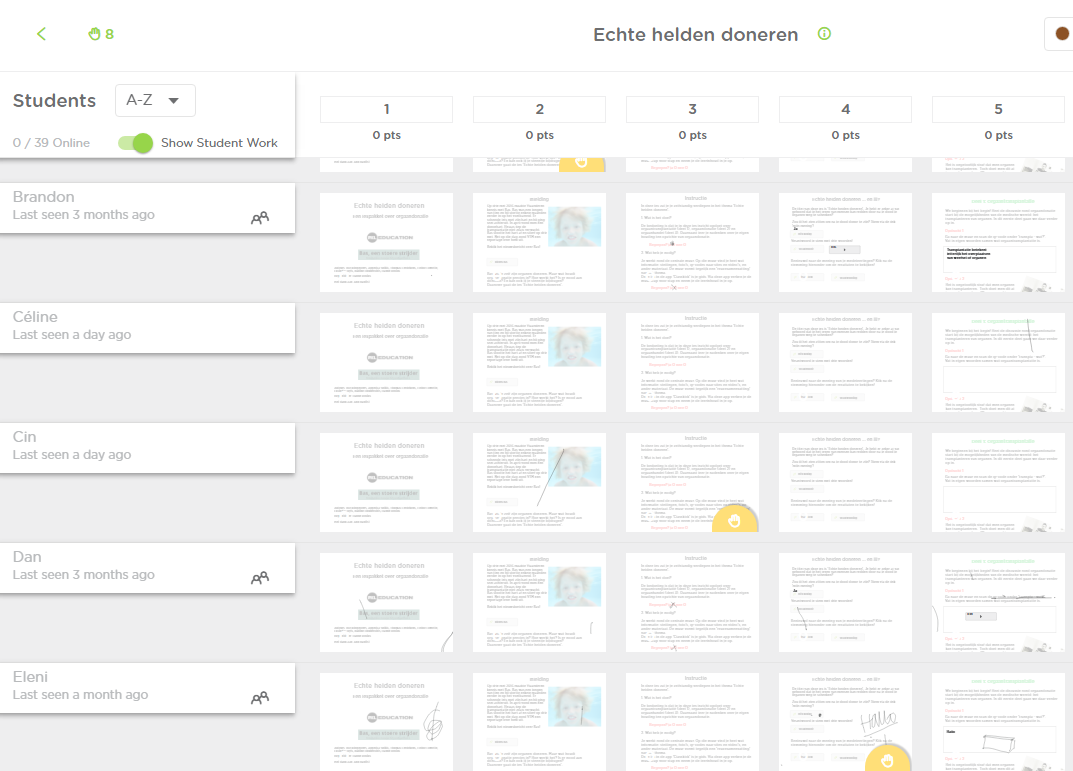
Image 2 display matrix for the teacher providing insight about progress and questions
Angelica can offer help via Classkick itself by sending a message that immediately appears on the student’s tablet. Naturally, the teacher can still offer face-to-face support too. It all depends on the type of question or the need for assistance from the student. The app also enables stronger students to give feedback. They can react to questions in the system that have anonymously been asked by fellow-students. In Angelica’s class this functionality was deactivated because her students couldn’t handle it yet.
Moreover, by means of a sticker system teachers can easily inform students when they are doing well, or give them a small hint (e.g. : ‘Fantastic!’ ,’Read and approved’, ‘You forgot something’. Take a good look at the assignment!’, …) This is a quick and easy way positive endorsement.
With the Classkick app, assignments and feedback can be offered in different ways : with text, with sounds of visually. In the designed package, an audio version can be added to a written text. (image 3). The student can then choose whether he reads the assignment or listens to it. This can be an advantage for dyslexic students or students with visual impairments. (process – differentiation)
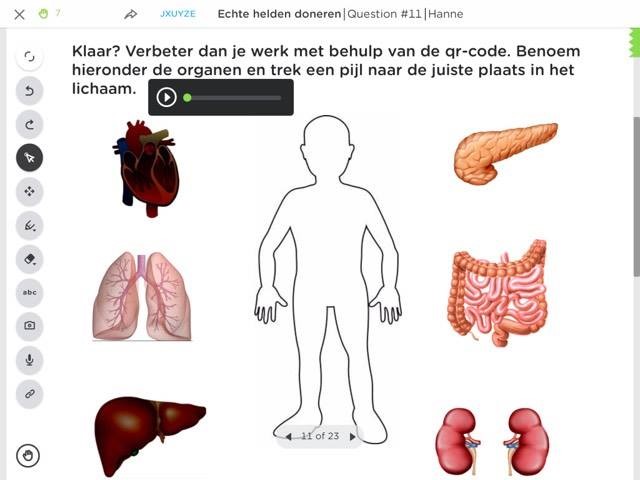
Image 3 a spoken version is added to written instructions
Additionally, the app offers the possibility to import content in different ways. The possibility to integrate other tools (e.g. BookWidgets, Thinglink, EdPuzzle, Paldet, etc.) through the hyperlink function, facilitates the realisation of the UDL-principle (note from the translator ‘Universal design for learning’) and adapt to the variety of learning preferences of students. By means of an example, links were made to the online tool Mentimeter, where students can give their opinion and look at the results of the class group in a bar chart (image 4). (students’ learning profile)
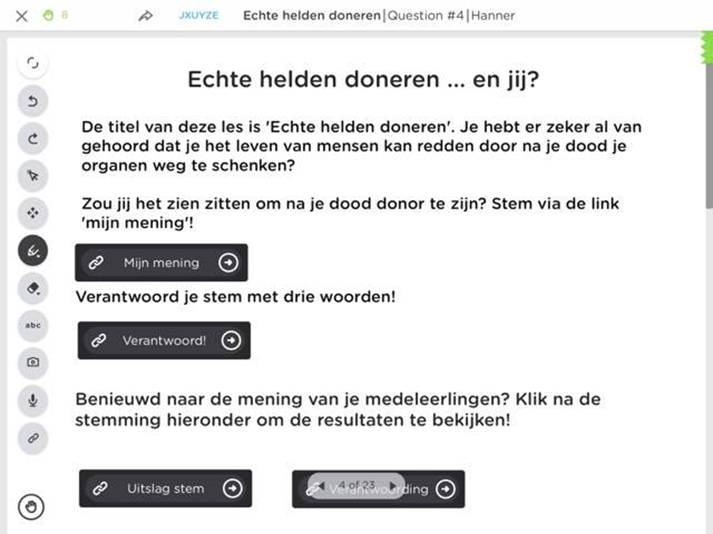
Image 4 integration of the 'mentimeter' tool in Classkick
Also can students decides for themselves how they finish complete an assignment : the answer can be written, spoken, drawn, visualised by means of a picture or a video, or a combination of both. The images below (image 5-8) give an idea of how one question can be answered in different ways. Thanks to this, the app facilitates easy adaptation to different learning profiles. (student’s learning profile)
|
Image 5 written answer |
Image 6 spoken answer
|
|
Image 7 answer by means of images |
Image 8 answer with a drawing |
The package was tested in Angelica’s class first. Afterwards, it was also actively used in other classes. According to the teachers, the lessons in Classkick help students to make their own decisions without complicated organisational structures. They see it as an advantage to have an overview of the group’s questions at all times, so they can timely adjust and endorse. The combination of question-driven feedback and the possibility for teachers to decide for themselves whether students need feedback or not, seems to work. The application appears to adapt well to various learning methods and language obstacles, and it lowers the threshold for introvert students. Finally, the teachers emphasize that the app is very user-friendly.
Students in all classes easily started working with the app. This means that it is also fit for students who are not used to working with tablets in the classroom. Students particularly appreciate the variation of activities and materials that can be integrated in Classkick. The feedback and the stickers are motivating and introvert students are not afraid to virtually raise their hands.
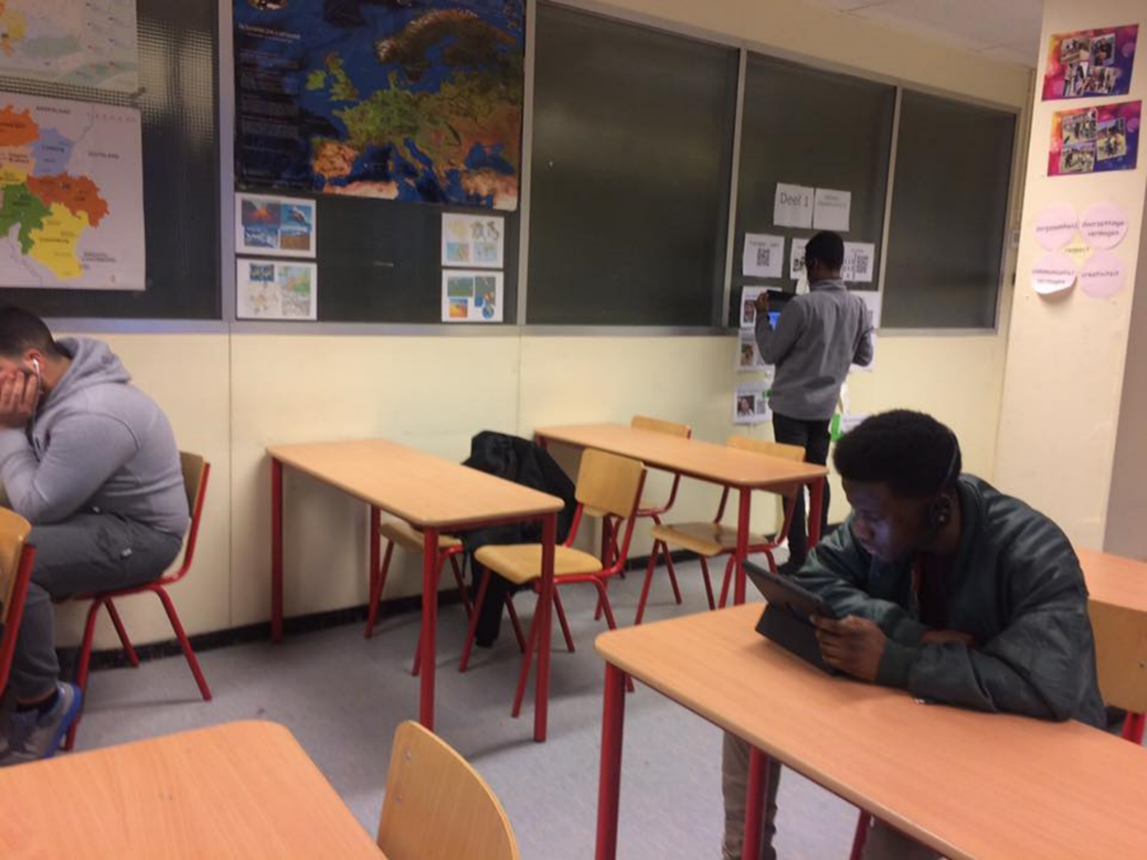
Image 9 students from Angelica’s class working with Classkick
You can take a closer look at the package ‘Real heroes donate’ (Dutch version) and try it out on www.classkick.com or in the Classkick app. Log in as a student with code JXU YZE.
